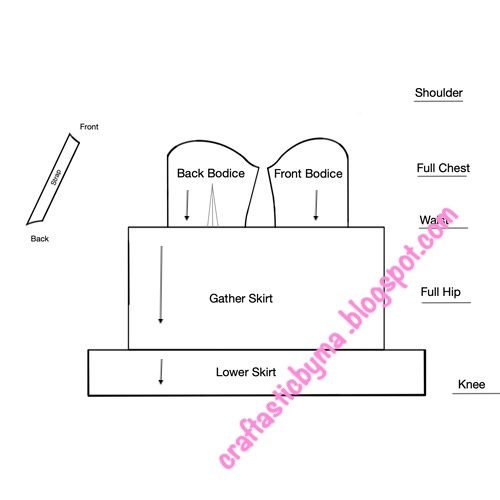Persimmon and Chocolate Oatmeal Cookies: A Healthy Twist on a Classic
Ingredients:
1 cup rolled oats (old-fashioned oats work best)
1 ½ cups all-purpose flour
½ teaspoon baking soda
½ teaspoon salt
1 teaspoon ground cinnamon
½ cup unsalted butter, softened
¾ cup packed light brown sugar
1 large ripe Hachiya persimmon, peeled and mashed
1 large egg
1 teaspoon vanilla extract
½ cup chopped dark chocolate (60-70% cacao preferred)
Instructions:
- Preheat the Oven and Prepare Baking Sheets:
- Preheat your oven to 180°C (350°F). Line baking sheets with parchment paper.
- Whisk Dry Ingredients:
- In a medium bowl, whisk together the rolled oats, flour, baking soda, salt, and cinnamon. Set aside.
- Cream Butter and Sugar:
- In a large bowl using an electric mixer, cream together the softened butter and brown sugar until light and fluffy.
- Incorporate Wet Ingredients:
- Beat in the mashed persimmon, egg, and vanilla extract until well combined.
- Combine Wet and Dry Ingredients:
- Gradually add the dry ingredients to the wet ingredients, mixing until just combined. Be careful not to over-mix.
- Fold in Chocolate:
- Fold in the chopped dark chocolate using a rubber spatula.
- Shape and Bake the Cookies:
- Drop rounded tablespoons of dough onto the prepared baking sheets, leaving space between them for spreading.
- You can gently press a few extra chocolate chunks onto the top of each cookie for a more decadent look (optional).
- Bake:
- Bake the cookies for 10-12 minutes, or until the edges are golden brown and the centres are slightly soft.
- Cool and Enjoy:
- Let the cookies cool on the baking sheets for a few minutes before transferring them to a wire rack to cool completely.
Tips:
- For a chewier cookie, bake for 10 minutes. For a crispier cookie, bake for 12 minutes.
- If your Hachiya persimmon is very soft, you may want to drain some of the excess moisture before mashing it.
- You can substitute chopped walnuts, pecans, or dried cranberries for the chocolate chips, or add a combination of these ingredients.
- Leftover cookies can be stored in an airtight container at room temperature for up to 3 days.
Nutrition Information (per cookie):
- Calories: Approximately 250-300 (depending on ingredients and size)
- Fat: 10-15g
- Carbohydrates: 30-35g
- Protein: 5g
Enjoy these delicious and healthy Persimmon and Chocolate Oatmeal Cookies!
















